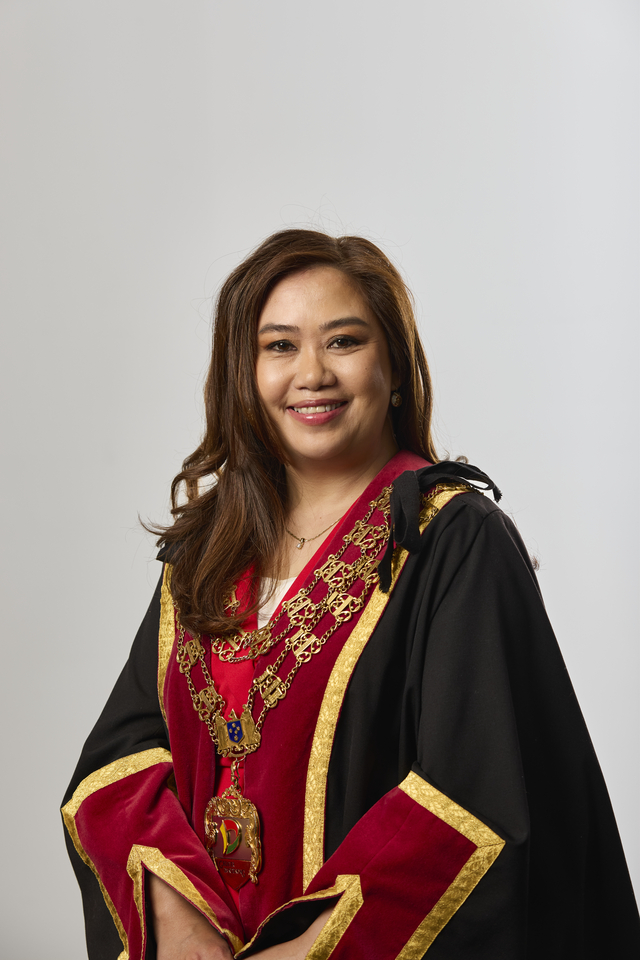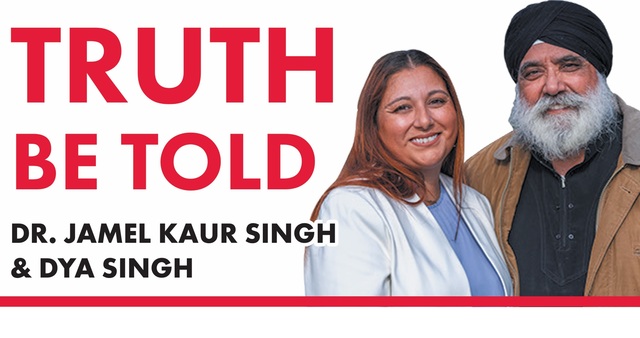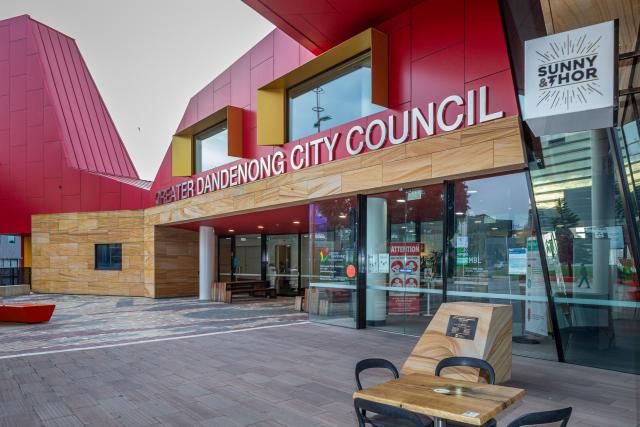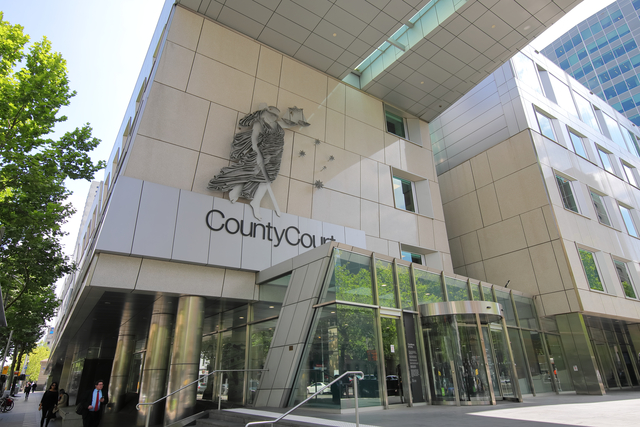By Shaun Inguanzo
DANDENONG Hospital has angered its volunteer fundraisers by losing $590,000 on a lottery it ran to purchase life-saving equipment.
Hospital operator Southern Health this week said it lost the funds on a home lottery which last year reaped $1.4 million profit for Royal Melbourne Hospital.
Southern Health will now investigate why it was the first group in 28 years to record a loss in the home lottery.
Funds raised were supposed to buy life-saving medical equipment for the hospital, but the $590,000 loss has scrapped those plans, a spokesperson for Southern Health said.
He said the money would not be covered by Government funding or fundraising dollars, and would instead come out of the hospital’s commercial profits.
But John Laughton, a life governor of the hospital, this week said volunteers who worked tirelessly to raise funds for new equipment were upset the hospital had to fork out almost $600,000 for the failed lottery.
“I am very disappointed this has happened,” Mr Laughton said.
“All the people who work to raise money for the hospital at their own personal expense are sad to see this happen.”
The Dandenong Hospital Ladies’ Auxiliary, a main driver of hospital fundraising, was unavailable for comment.
Despite a heavy promotional campaign including television and radio ads, the lottery sold just 46,000 tickets and needed 52,000 sales to break even.
“This style of home lottery had previously been run successfully 154 times over 28 years,” the Southern Health spokesperson said.
“It has run successfully three times in Adelaide and more recently in Victoria for the Royal Melbourne Hospital.”
But the lottery will continue to run with all prizes still on offer and its early bird prizes having already been drawn.
The hospital has since relied on a State Government grant to purchase new equipment.
“We are extremely pleased that in May the State Government announced $3.5 million in special targeted equipment grants for some of our highest priority equipment needs,” the spokesperson said.
“This included a gamma camera system, fluoroscopy system, high-tech patient beds, ICU equipment and more.”
Hospital lottery debacle
Digital Editions
-

Bondi terror attack: Mayor calls for ‘solidarity’
Greater Dandenong’s mayor has called for “prayer and solidarity” after the terrorist shooting attack at Bondi Beach, Sydney on 14 December. Two alleged gunmen opened…





